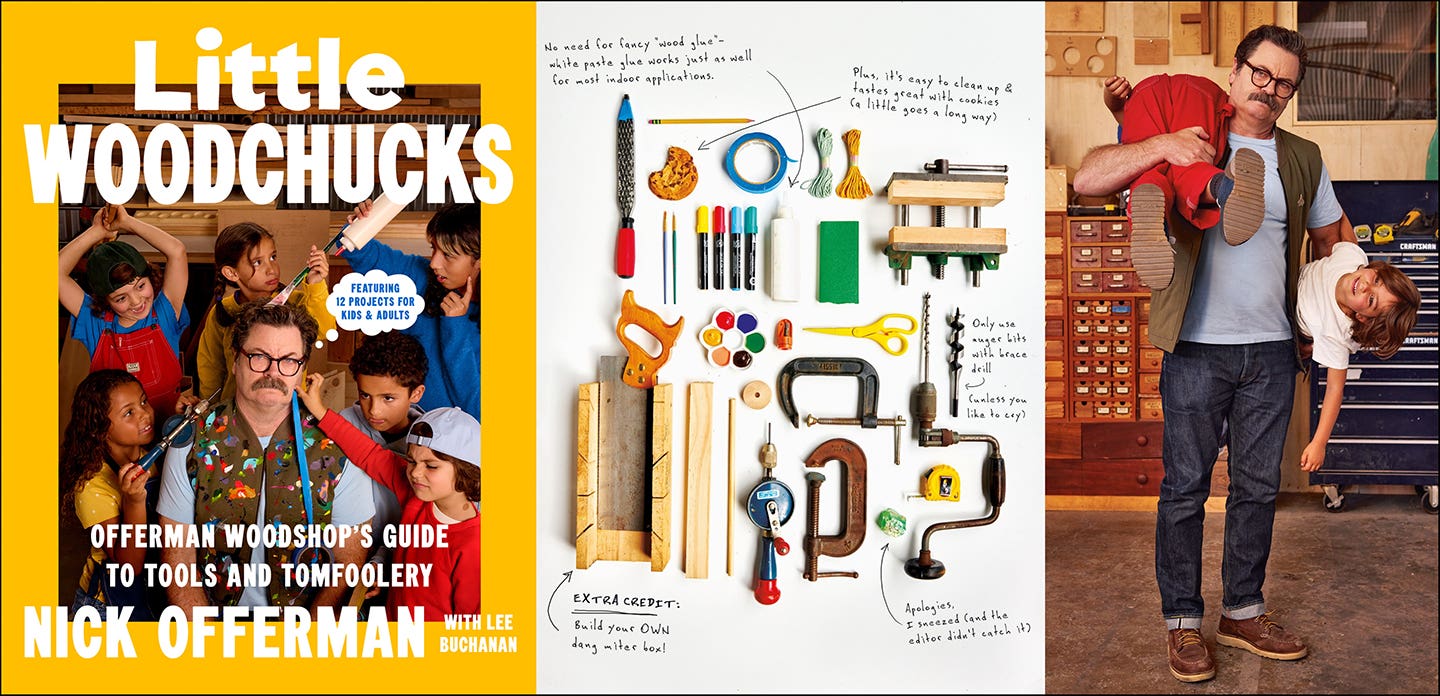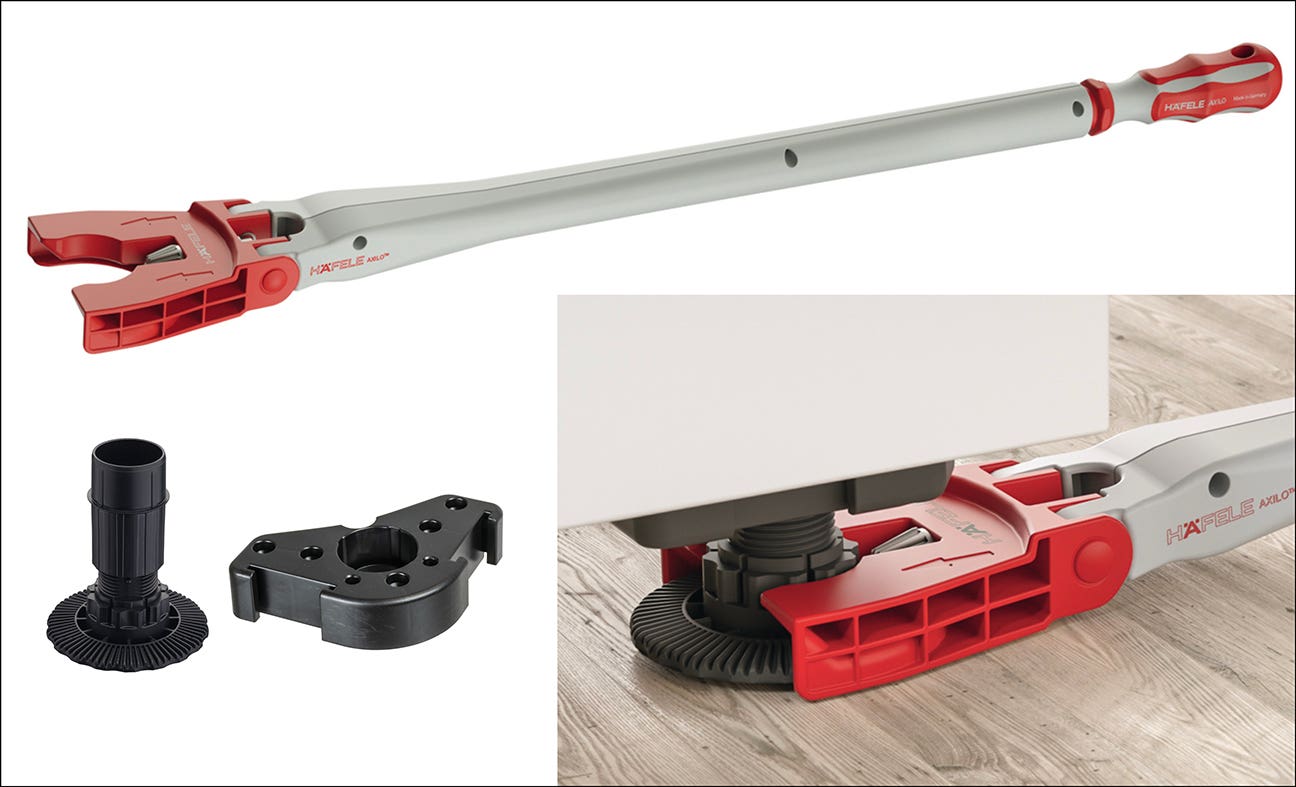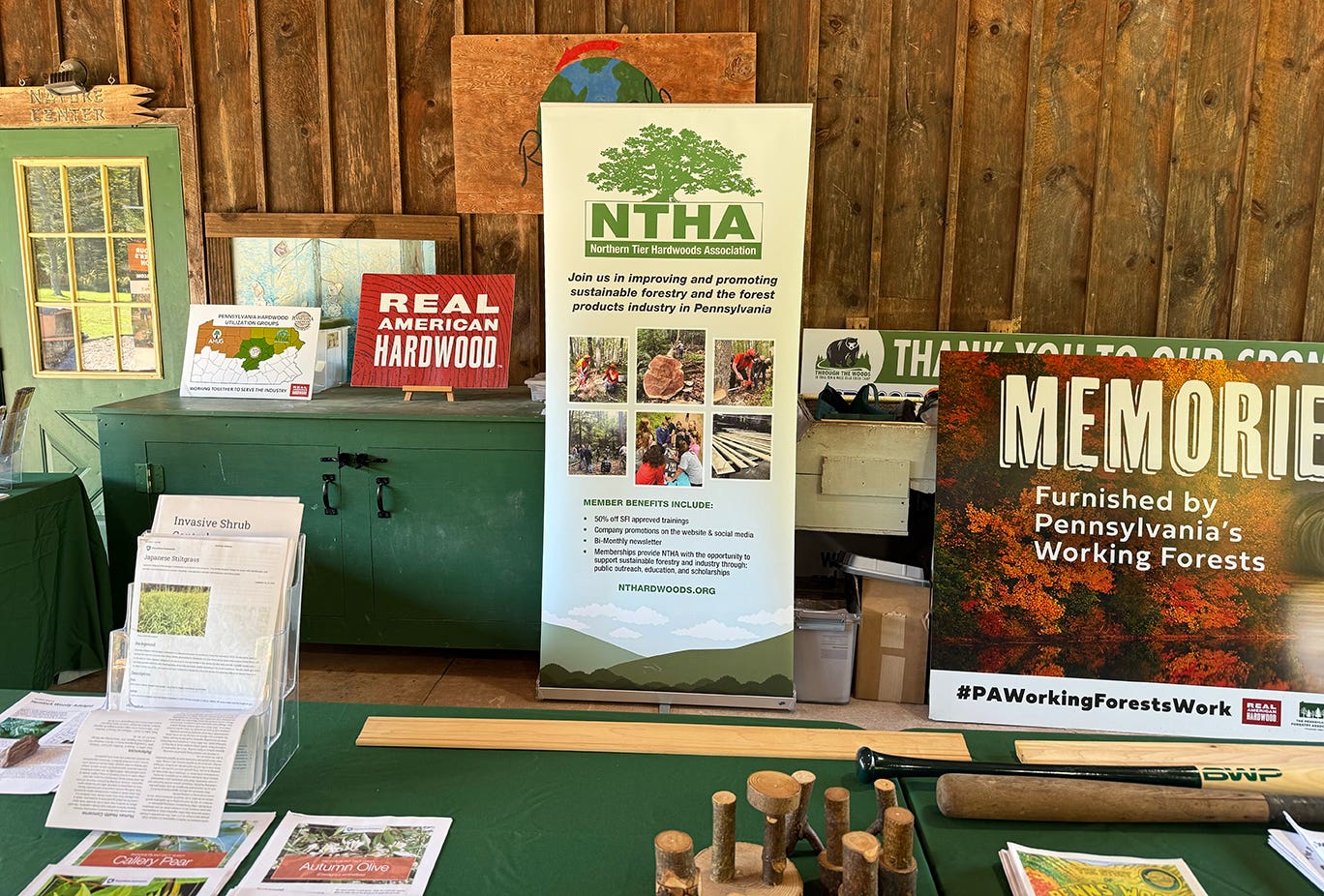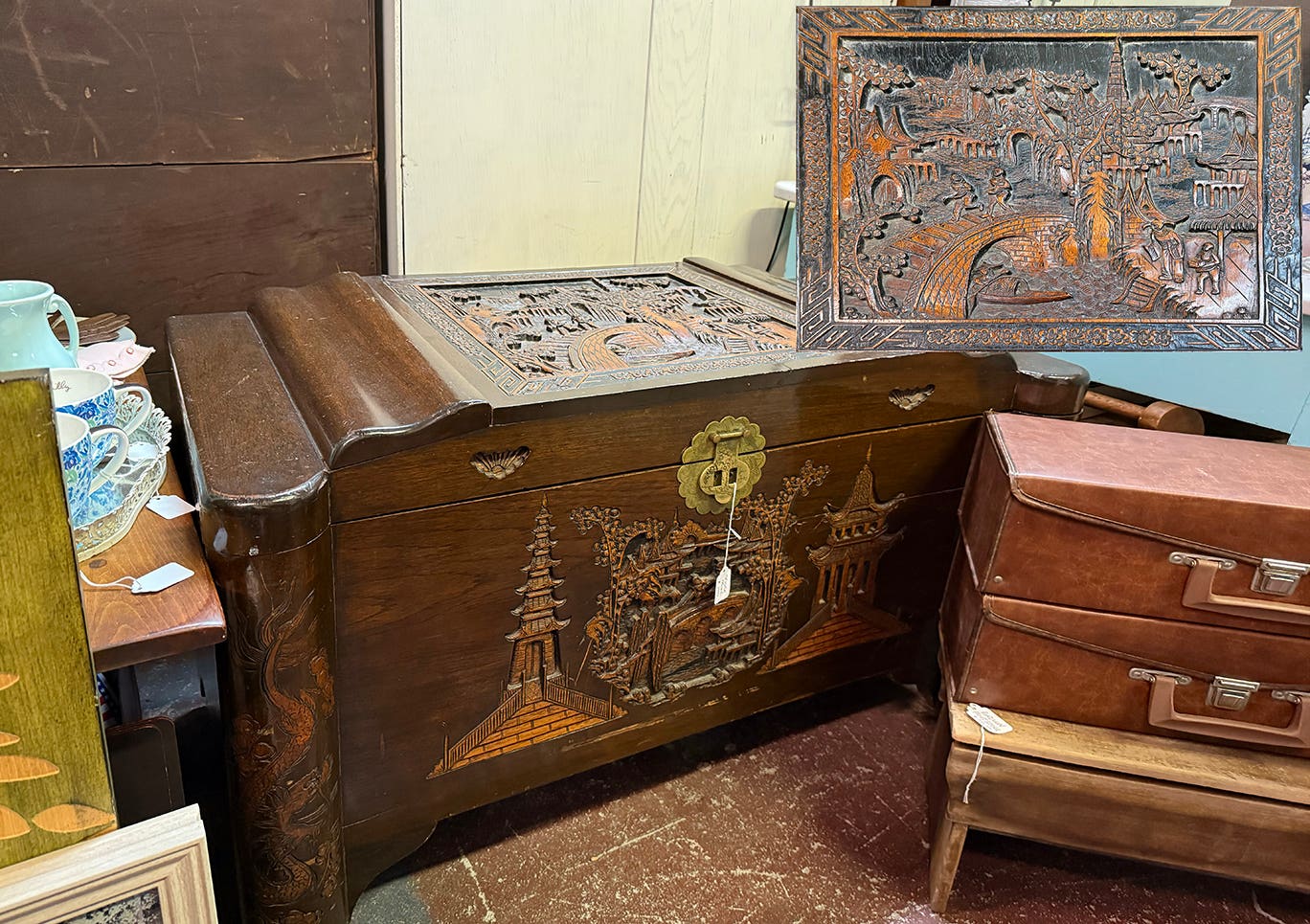It’s in the bag
I don’t always like it when tool companies “improve” their offerings, but I find a recent trend to be both welcome and useful.
I don’t always like it when tool companies “improve” their offerings, but I find a recent trend to be both welcome and useful.
Companies of all kinds believe they must constantly tweak their offerings with what they tout as “improvements.” Unfortunately, few of these improve anything at all. Most times, these updates just add colors, move things from familiar locations to less logical spots, or make something different solely for the sake of making something different, and then are foisted off as “NEW & IMPROVED!” when they’re neither.
But lately, a lot of tool manufacturers have made a change that’s not only been spared the typical PR hype, but is actually a useful upgrade – although it’s not for the tools themselves. Rather, it’s the containers they come in.
For decades now, tools routinely came in molded plastic cases useful for a single thing – storing the tool that came in it. Few cases accommodate additional accessories you might want to carry, and if you choose not to store a tool in them, they’re utterly useless for any other purpose and take up a lot of room if not used.
But in the last couple years, tool companies have been offering their tools in sturdy canvas bags instead of plastic suitcases, and they’re way better: Their flexible nature easily allows them to carry other things besides the tool. They see more frequent use because they’re lighter. If not used for the tool itself. you can use them to hold anything else. (I keep a pair of hiking shoes stashed inside one in my car.) Best of all, if you choose not to use it al all but don’t want to throw it out, they fold flat and take up almost no room.
I don’t know what started this trend, but I like it. Now, if it would only catch on to makers of other things – like cell phones, computer software and new cars – I’d be a merry man.
A.J. Hamler is the former editor of Woodshop News and Woodcraft Magazine. He's currently a freelance woodworking writer/editor, which is another way of stating self-employed. When he's not writing or in the shop, he enjoys science fiction, gourmet cooking and Civil War reenacting, but not at the same time.







